Photosynthesis is the process that plants use to produce glucose.
.jpg)
Any factor that slows down the rate of photosynthesis is called a limiting factor. These factors include:
The temperature
The concentration of carbon dioxide
The intensity of light
The amount of chlorophyll
These are called limiting factors because they “limit” the amount of photosynthesis taking place.
Water isn't generally considered a limiting factor because even a small amount would allow photosynthesis to occur.

Light Intensity
As you might already know, light is needed for photosynthesis. At night, there's no light for plants to photosynthesise with, so plants respire at this time. During the day, plants photosynthesise and respire.
The more light there is, the greater the rate of photosynthesis. If the rate of photosynthesis stops increasing, even though there's still lots of light, something else must be limiting photosynthesis - carbon dioxide, the temperature or the amount of chlorophyll could be the limiting factors here. Graphs are useful to demonstrate this:
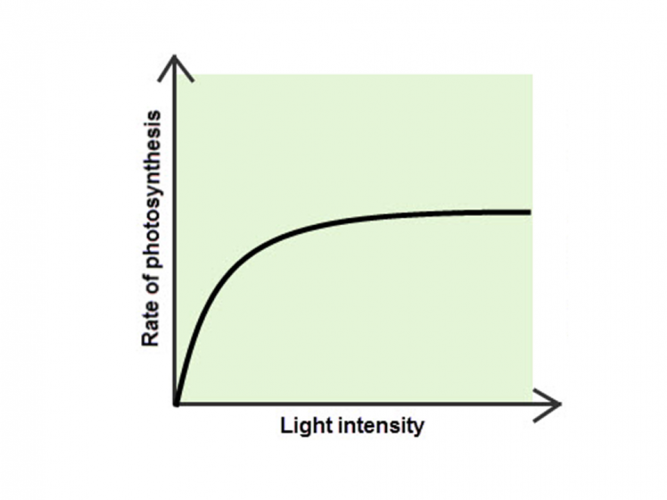
The graph above shows that as the light intensity increases, so does the rate of photosynthesis. The rate of reaction begins to level off because another factor is limiting the reaction e.g. carbon dioxide or temperature.
This means that increasing the light intensity will have no further effect because another factor is preventing the reaction from happening any faster.
Carbon dioxide concentration
Carbon dioxide is also essential for photosynthesis. If there's plenty of carbon dioxide, photosynthesis can occur. But if there isn't much light or the temperature is too high or there's not enough chlorophyll, the rate of photosynthesis will decrease.
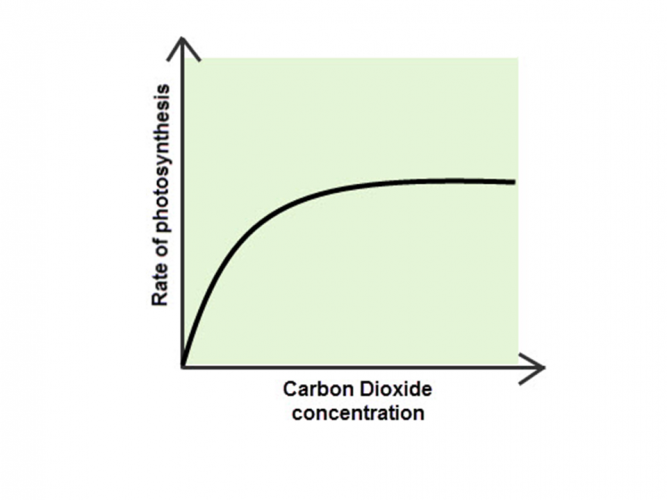
The graph above shows that as the carbon dioxide concentration increases, so does the rate of photosynthesis. The rate of reaction begins to level off because another factor is limiting the reaction e.g. light or temperature.
This means that further increases in carbon dioxide will have no effect because another factor is preventing the reaction from happening any faster.
Temperature
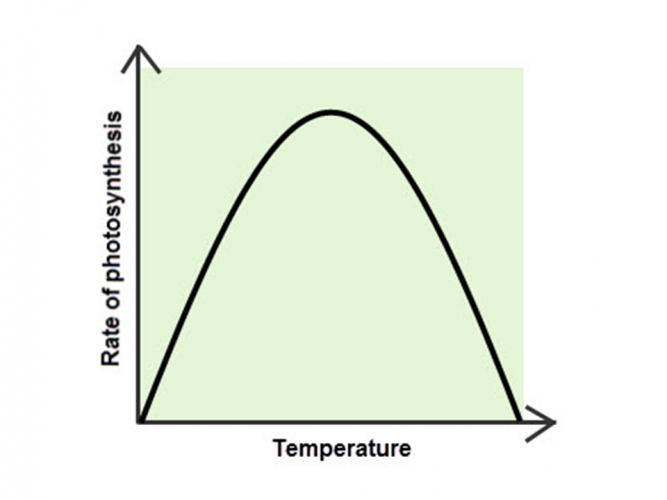
As the temperature increases, so does the rate of reaction. This is because more collisions occur between particles and enzymes when the temperature is warmer. The highest point on the graph shows the optimum temperature - this is the best temperature for enzymes to work at, so photosynthesis is at its fastest (usually around 30 - 40ºC). Any further increases in temperature would cause enzymes to change shape or denature, so the rate of reaction quickly falls.
Chlorophyll
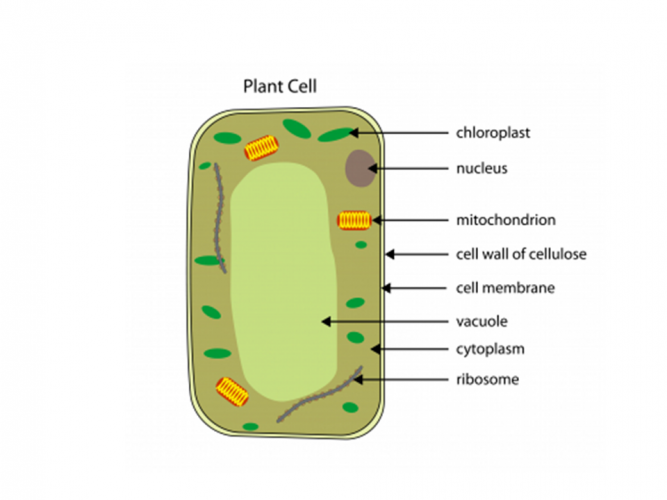
Chlorophyll found in chloroplasts absorbs light energy in order to power photosynthesis. The amount of chlorophyll affects the rate of photosynthesis. Plants in darker conditions will produce more chlorophyll, so the plant can absorb the required amount of light in order to photosynthesise.
Light intensity and inverse square law
The relationship between light intensity and the rate of photosynthesis isn’t simple. In the diagram below, an experiment has been set up to show how light intensity affects photosynthesis. Normally, oxygen bubbles are counted or collected as a measure of photosynthesis.
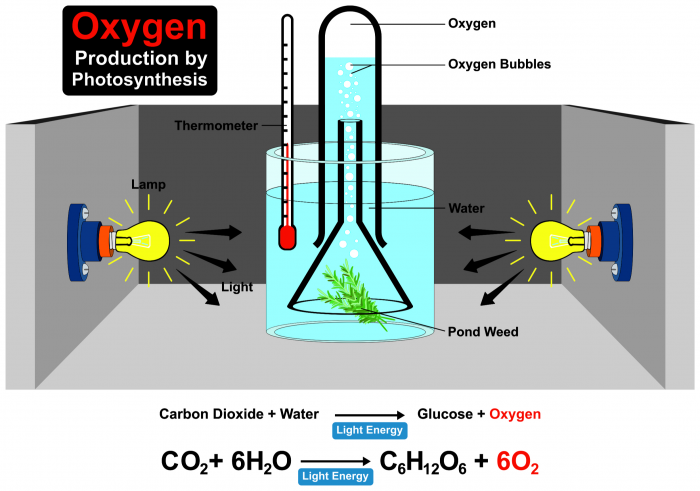
When moving the light source further away from the pondweed, fewer oxygen bubbles are produced - photosynthesis is happening at a slower rate. As the distance of the light from the plant increases, light intensity decreases. Light intensity involves the inverse square law. What type of relationship is this?
An inverse relationship means when one variable goes up, the other goes down.
The light intensity increases/decreases in inverse proportion to the square of the distance.
We can calculate the light intensity using the following equation:
light intensity ∝ 1 ÷ distance2
∝ means 'proportional to' and the distance is measured in metres
Let's take a look at some worked examples:
If a lamp is 10 cm away from pondweed:
10 cm ÷ 100 = 0.1 m (here we convert the units)
1 ÷ 0.12 ∝ 100 arbitrary units
If a lamp is 50 cm away from pondweed:
50 cm ÷ 100 = 0.5 m
1 ÷ 0.52 ∝ 4 arbitrary units
This shows us that the further the distance, the lower the light intensity.
In the following activity, you will use data to determine the limiting factors of photosynthesis.







